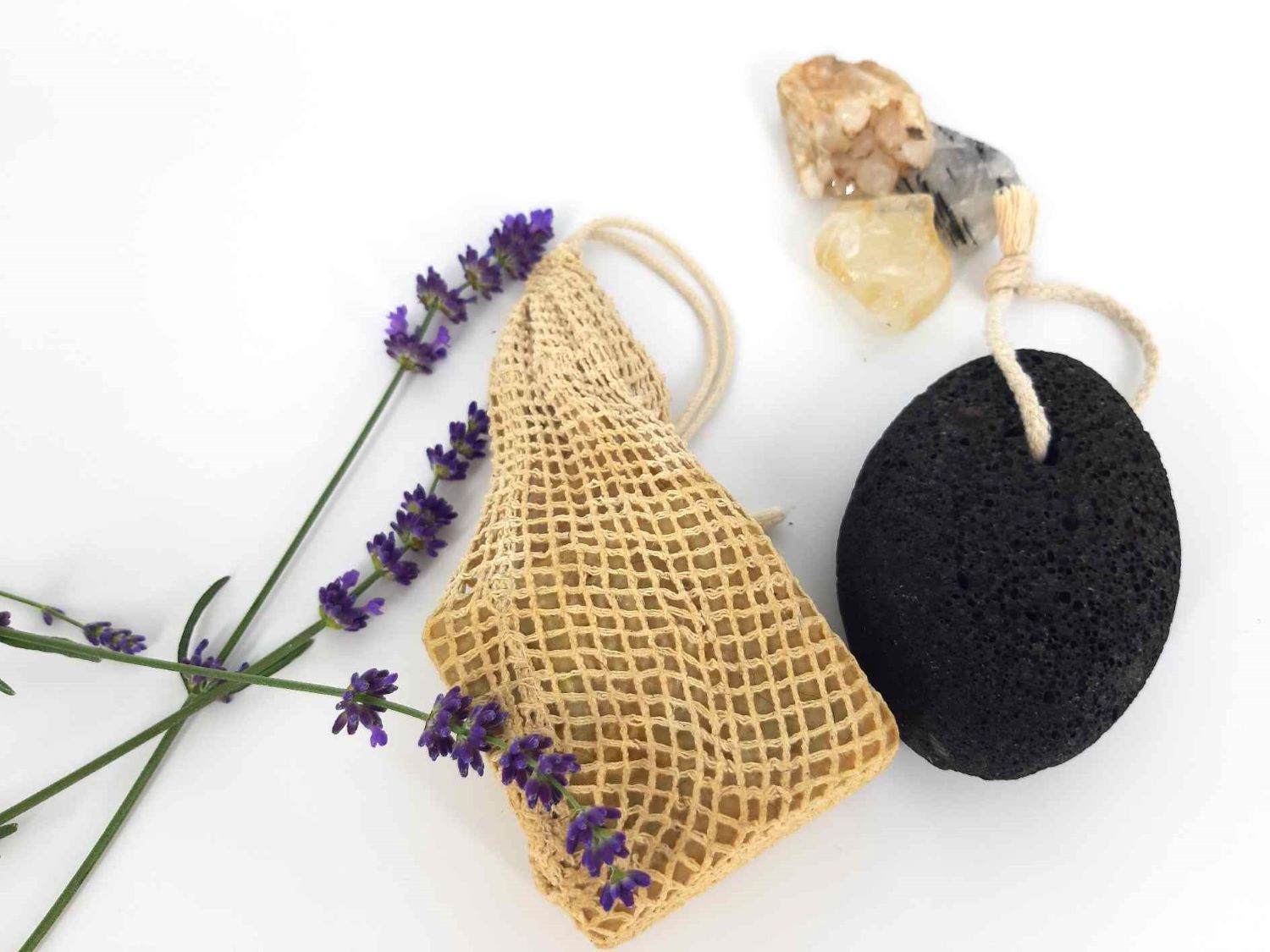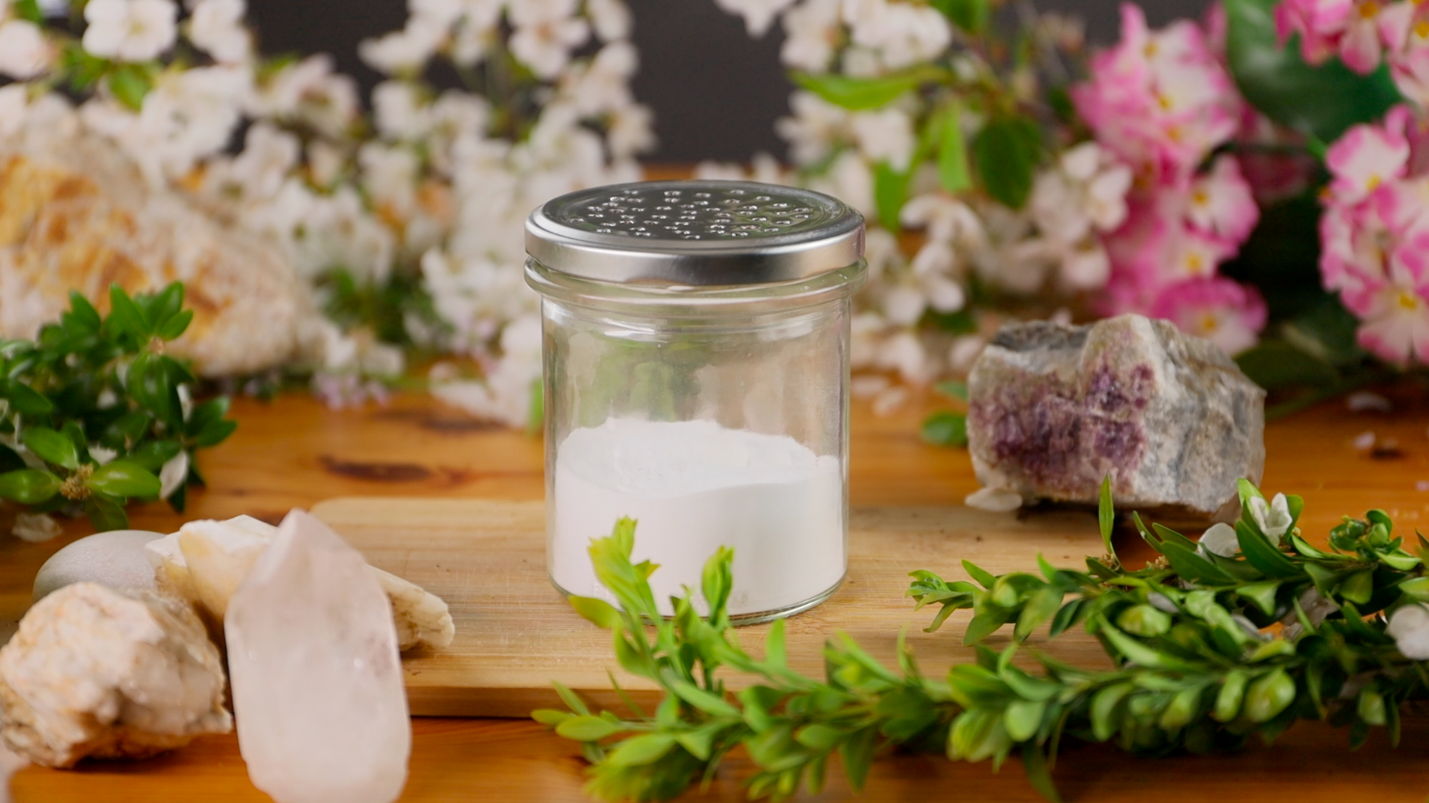This is a follow-up to the previous article where we covered a few things about ingredients, how to avoid persuasive but misleading advertising and something about water…. In this one we will finally look at the practical use.

Do not sanitize with aggressive products, even though the mass media keeps convincing us these products will kill almost 100% of bacteria. It’s all about marketing and we are harming mostly ourselves. Sure, such disinfectants are used in the hospital or a gas station toilet, but at home we can safely ditch these products. We can clean with eco products or with self-made cleaners. You can find out how to do those here.
- A surface sanitized with common disinfectants is “clean” for a few seconds or days, it depends on where the surface is, whether we touch it often, what bacteria are involved, etc. Check out the manufacturer’s stands, you might be disappointed.
- Remember how your grandparents always put duvets and pillows outside to let the sun shine on them? At least in our house they did.
 They did it correctly, too bad it’s rare nowadays. Sunlight is a naturally disinfectant.
They did it correctly, too bad it’s rare nowadays. Sunlight is a naturally disinfectant. - Another old truth – wash your hands when coming home from outside. Just plain soap will do.
- Healthy dirt – you may have heard or read this term before. The idea is that “dirt from the garden or farm” is the healthy dirt, the dirt which is welcome [1, 2]. Licking your hands in the tram, bus or even eating something that fell on the ground on Wenceslas Square is definitely not considered “healthy”.





Baking soda – yes baking soda, for a few bucks, has sanitizing properties, whether for washing or cleaning. Simply add the soda to the washing machine drum in an amount accordingly to the amount of laundry and the manufacturer’s instructions. Alternatively, if you make your own detergent, then the soda is already included in the detergent and therefore this is not necessary. 1 kg of baking soda costs about 2 EUR.
Vinegar (kitchen, white) is great, versatile, and yes it smells a bit vinegary. ![]()
![]()
![]()
![]()
![]()
Avoid air fresheners, they can contain phthalates and other toxic and carcinogenic substances (such as perfumes where the manufacturer does not have to specify what they are, so they can use basically anything). You can get eco-friendly air fresheners, but they cost too much for my liking. Hence, I’m all for making it. You can find the instructions here – it’s a matter of 3 minutes. You could also use a bottle of pure alcohol (alcohol, alpa, plum brandy…) or some water and a reasonable amount of essential oil (EO). E.g. 100 ml of water/alcohol + 20 drops of EO.


You can skip commercial (regular) toilet cleaners and those blue and pink balls, cubes, etc. with peace of mind. You are literally flushing money down the drain and you are definitely not saving the nature. Regular mechanical cleaning with a toilet brush and, if necessary, the use of an eco-friendly cleaner, vinegar, soda (not together) or citric acid (which works even if the toilet is clogged – pour it in, leave it as directed) works great and the ecological burden compared to other products is practically zero. Everything breaks down. You can also check out our tutorial on how to make such an eco “cleaning ball” here.
Packaging is also important, depending on what it is made of (whether it has been or can be recycled, refilled, its carbon footprint, its environmental impact). It is better to buy concentrated products in lighter plastic packaging, glass or paper. These are always a better choice than the original product. You can learn more about packaging or rather waste in an interview with Ing. Jiří Fiedor, Ph.D.
Re-packaging/refills – reusable packaging – you take the packaging of e.g. fabric softener and go to a store where you refill the container with desired product. This can be applied to other products such as washing powder, cleaning products etc.
A bar of an all-purpose dish, cleaning and laundry soap – washes great, lasts a long time and the packaging, does not pose a negative impact on the environment. If you choose well according to the ingredients and from a local manufacturer on top of that, then it’s a win-win situation. In our case, for us people and the environment. Those who are afraid of “soapsuds on a soap dish” need not be. One washes the dishes or the table multiple times a day, so just soak a sponge in the soap dish or run a damp sponge over the soap.


Laundry detergent in the form of thin strips that weigh practically nothing are also a good choice. You don’t pay for water, but for the active ingredients only. Just throw 1-2 strips in the washing machine and you’re done. As always, there may be products that don’t have a skin-friendly formula.
A powder dishwashing detergent – yes, it weighs only a few grams and it’s easy to transport. At home, simply put the powder into a container, pour in water, shake and ta-daa, it’s ready to do the dishes.
Fortunately, there’s a lot to choose from. It doesn’t matter if you opt for modern products or the old tried and tested ones, the main thing is to be satisfied with their efficiency and their impact on your wallet, health and the planet. ![]()
![]()
![]()
![]()
![]()


Hi, I do think this is an excellent site. I stumbledupon it 😉 I will come back
yet again since i have saved as a favorite it. Money and freedom is
the greatest way to change, may you be rich and
continue to guide others.
Excellent post. I will be going through many of
these issues as well..
Wow, fantastic blog layout! How long have you been blogging for?
you make blogging look easy. The overall look of your website is fantastic,
let alone the content!
Hello there! Do you use Twitter? I’d like to follow you if that
would be ok. I’m definitely enjoying your blog and look forward to new posts.
Right now it looks like BlogEngine is the best blogging platform available right now.
(from what I’ve read) Is that what you are using on your blog?